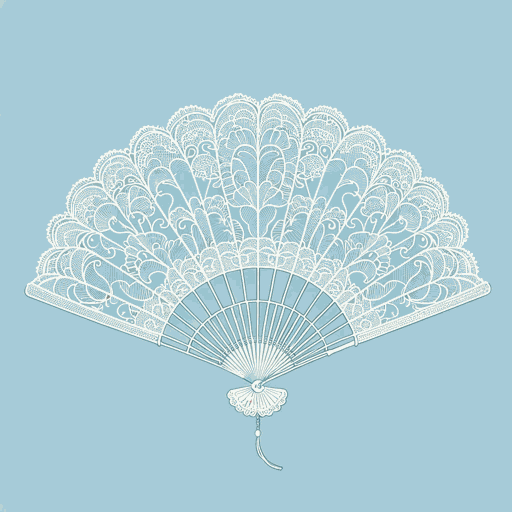27 pages • 54 minutes read
Claire de DurasOurika
Fiction | Novella | Adult | Published in 1823A modern alternative to SparkNotes and CliffsNotes, SuperSummary offers high-quality Study Guides with detailed chapter summaries and analysis of major themes, characters, and more.
Symbols & Motifs
Blackness
Ourika’s dark skin is the most prominent symbol of her alienation. Slavery in the colonies was still alive, and most black people in 19th-century France were relegated to positions of labor and servitude. Well-educated and raised among the aristocracy, Ourika has a complicated relationship with her skin color.
Early on, Ourika is raised as if racial difference does not exist. She tells the doctor, “I didn’t regret being black. I was told I was an angel. There was nothing to warn me that the color of my skin might be a disadvantage” (9). Because she is raised in a “color blind” environment, Ourika is at first shielded from the realities of racism and slavery. The marquise then takes off the blinders, contending that Ourika has “flouted her natural destiny. She has entered society without its permission. It will have its revenge” (14).
Blackness is not acceptable in 19th-century, French high society, so Ourika’s presence in Mme de B.’s salon requires constant justification, which pains Ourika. Ourika internalizes racist concepts about black people: Her “black hands seemed like monkey’s paws” and her skin color appeared “like the brand of shame” (15-16)—an “irremediable stain”(27), as if it were something impure.

